The use of silver in construction
Silver is a chemical element with the symbol Ag (from the Latin word for silver, "argentum") and atomic number 47. It is a soft, white, lustrous metal that is highly valued for its beauty and rarity. Silver is a good conductor of electricity and heat, making it a useful material in many different industries, including electronics, construction, and jewellery making.
Silver is found in the earth's crust in the form of ores that can be mined and refined to obtain the pure metal. It is also a by-product of other metal mining, such as copper and lead mining. Silver has been used by humans for thousands of years, and has played an important role in many different cultures and civilizations throughout history.
In addition to its industrial uses, silver has also been widely used in jewellery and coins. It is a popular precious metal due to its beauty, rarity, and relative affordability compared to other precious metals such as gold. Silver is also a popular investment metal, with many people buying silver bullion coins and so on as a hedge against inflation and currency devaluation.
Silver has been used in the construction industry for centuries, and remains an important material today, largely due to its excellent thermal and electrical conductivity and high reflectivity.
One of the most common uses of silver in construction is in electrical wiring. Silver is an excellent conductor of electricity, and is also a good conductor of heat, and is often used to make heating systems and electrical components that generate heat, such as heating elements and transformers.
Silver is also a highly reflective material, and can be used in roofing materials and insulation to reflect heat and light. This helps to reduce energy costs by keeping buildings cooler in the summer and warmer in the winter.
It also has antimicrobial properties. This makes it suitable for use in areas where hygiene is important, such as hospitals and food processing facilities. For example, silver-coated tiles or paint can be used on walls and surfaces to prevent the growth of bacteria and other harmful microorganisms.
Other uses of silver include:
- Circuit boards, batteries, and solar panels.
- Photography: Silver is still used in traditional photography as the light-sensitive component in film and photographic paper.
- Energy applications, such as catalysts for producing hydrogen, in batteries for energy storage, and in mirrors for concentrating solar energy.
- Industrial processes, including the production of chemicals, plastics, and pharmaceuticals.
- Glassmaking.
- Bearings.
- Various types of coatings.
Despite its many advantages however, silver is relatively expensive, which makes it less common in construction than other materials such as copper and aluminium.
[edit] Related articles on Designing Buildings
Featured articles and news
The benefits of engaging with insulation manufacturers
When considering ground floor constructions.
Lighting Industry endorses Blueprint for Electrification
The Lighting Industry Association fully supports the ECA Blueprint as a timely, urgent call to action.
BSRIA Sentinel Clerk of Works Training Case Study
Strengthening expertise to enhance service delivery with integrated cutting-edge industry knowledge.
Impact report from the Supply Chain Sustainability School
Free sustainability skills, training and support delivered to thousands of UK companies to help cut carbon.
The Building Safety Forum at the Installershow 2025
With speakers confirmed for 24 June as part of Building Safety Week.
The UK’s largest air pollution campaign.
Future Homes Standard, now includes solar, but what else?
Will the new standard, due to in the Autumn, go far enough in terms of performance ?
BSRIA Briefing: Cleaner Air, Better tomorrow
A look back at issues relating to inside and outside air quality, discussed during the BSRIA briefing in 2023.
Restoring Abbotsford's hothouse
Bringing the writer Walter Scott's garden to life.
Reflections on the spending review with CIAT.
Retired firefighter cycles world to raise Grenfell funds
Leaving on 14 June 2025 Stephen will raise money for youth and schools through the Grenfell Foundation.
Key points for construction at a glance with industry reactions.
Functionality, visibility and sustainability
The simpler approach to specification.
Architects, architecture, buildings, and inspiration in film
The close ties between makers and the movies, with our long list of suggested viewing.
SELECT three-point plan for action issued to MSPs
Call for Scottish regulation, green skills and recognition of electrotechnical industry as part of a manifesto for Scottish Parliamentary elections.
UCEM becomes the University of the Built Environment
Major milestone in its 106-year history, follows recent merger with London School of Architecture (LSE).
Professional practical experience for Architects in training
The long process to transform the nature of education and professional practical experience in the Architecture profession following recent reports.






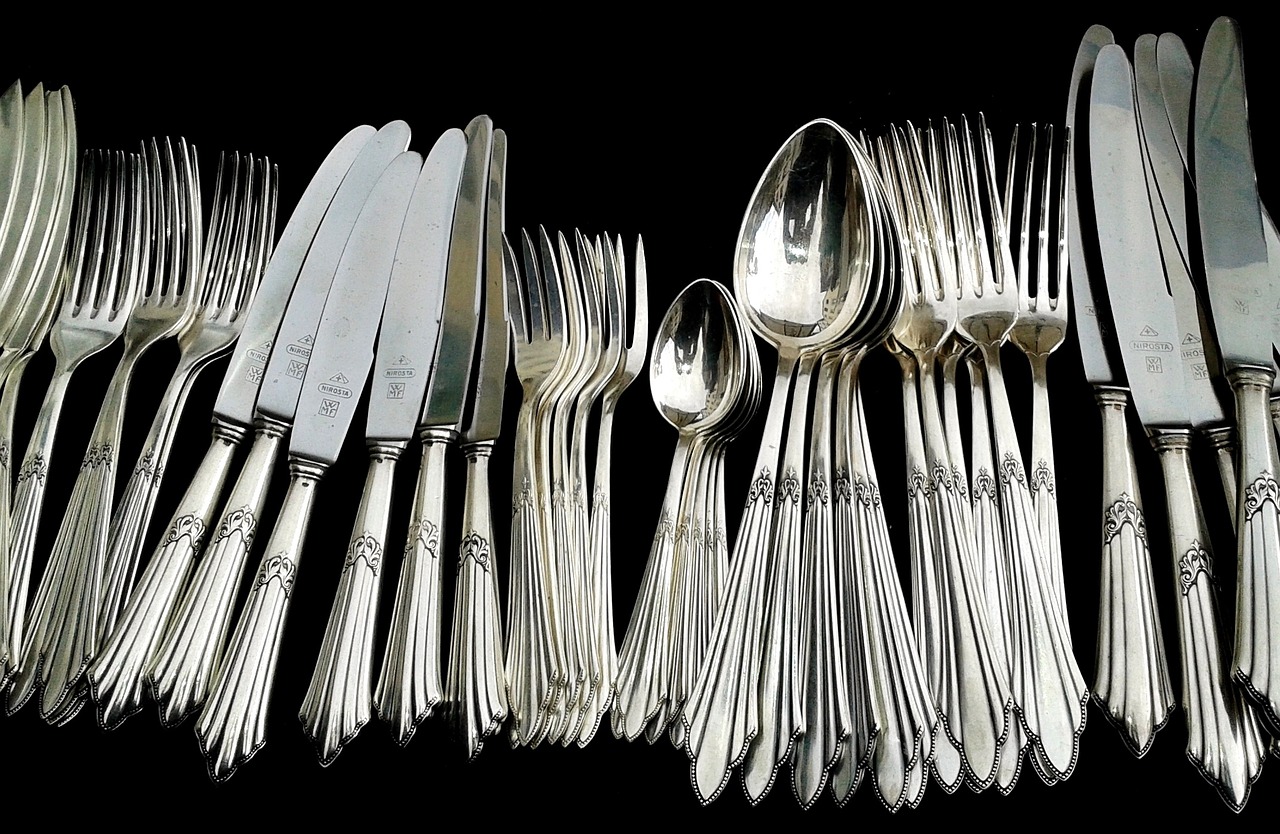
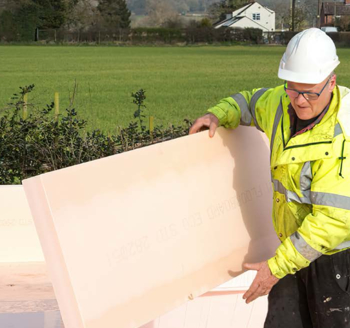
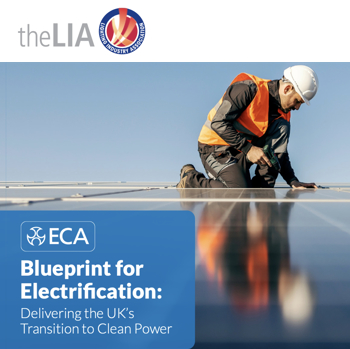





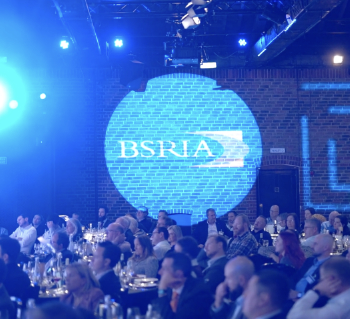







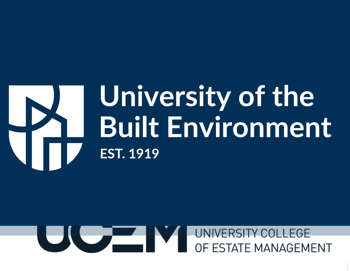

Comments
[edit] To make a comment about this article, or to suggest changes, click 'Add a comment' above. Separate your comments from any existing comments by inserting a horizontal line.